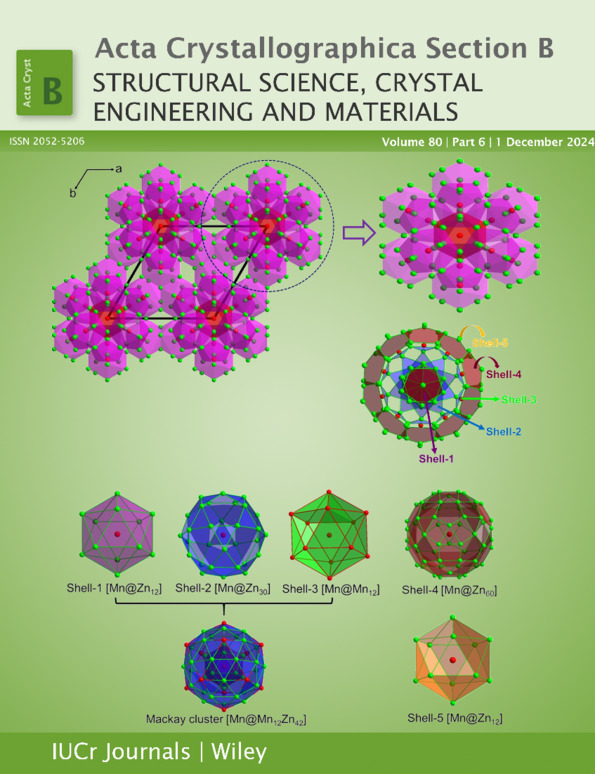Morphological control for hollow rod crystals of a photochromic diarylethene on spherulites by surface properties of substrates
Abstract
Sublimation methods utilizing the surface properties of substrates can address the challenge of controlling hollow morphologies in rod crystals. Spherulites were formed on the hydrophilic surface of the (0001) planes of α-quartz and sapphire substrates by sublimation of 1,2-bis(3,5-dimethyl-2-thienyl)perfluorocyclopentene (1a). Various types of hollow morphologies, distinguished by the size and shape of their cross sections and by the presence or absence of branching structures, were formed separately on α-quartz and sapphire substrates. Such precise control of the hollow morphologies was attributed to the wettability of each substrate, leading to the formation of spherulites of 1a. In addition, it was indicated that the formation process of the surface morphologies of spherulites was associated with the hollow morphologies of rod crystals of 1a.




